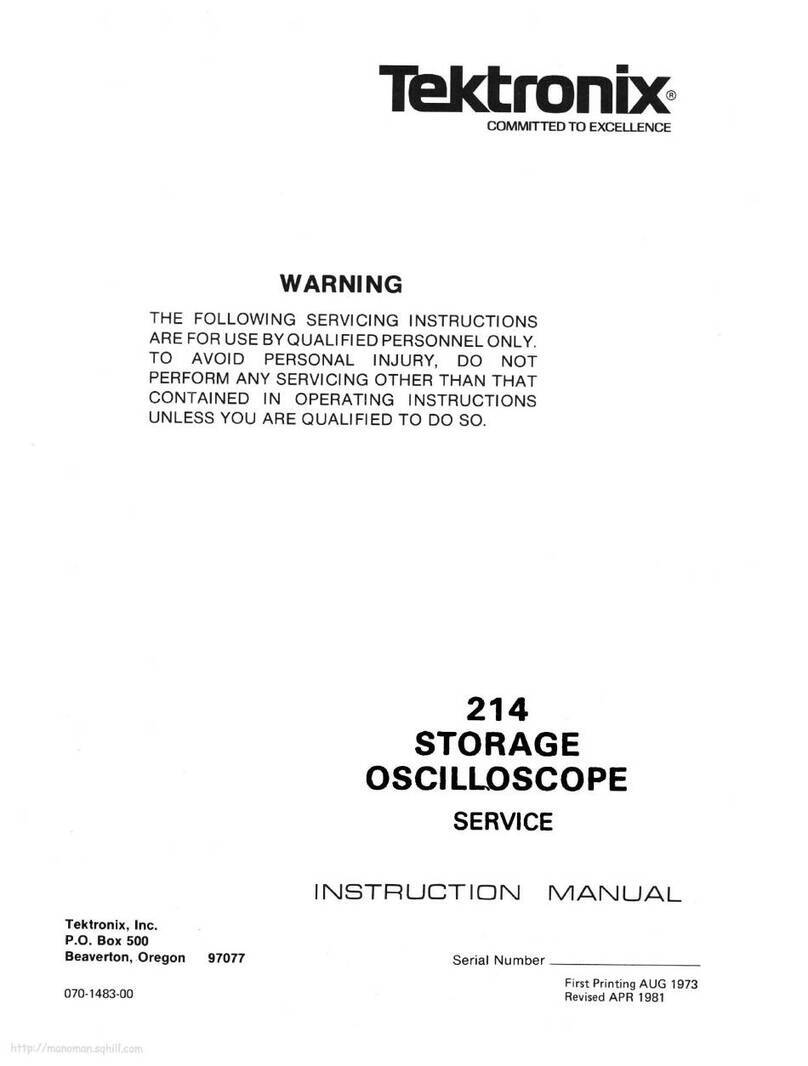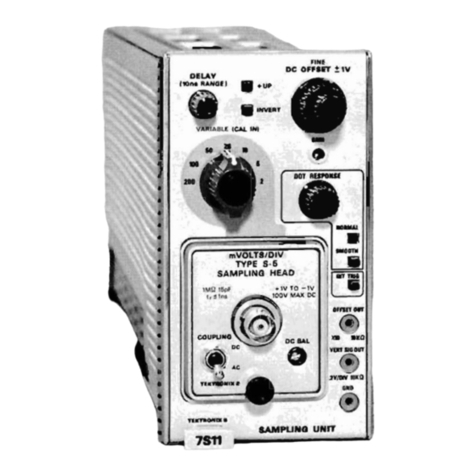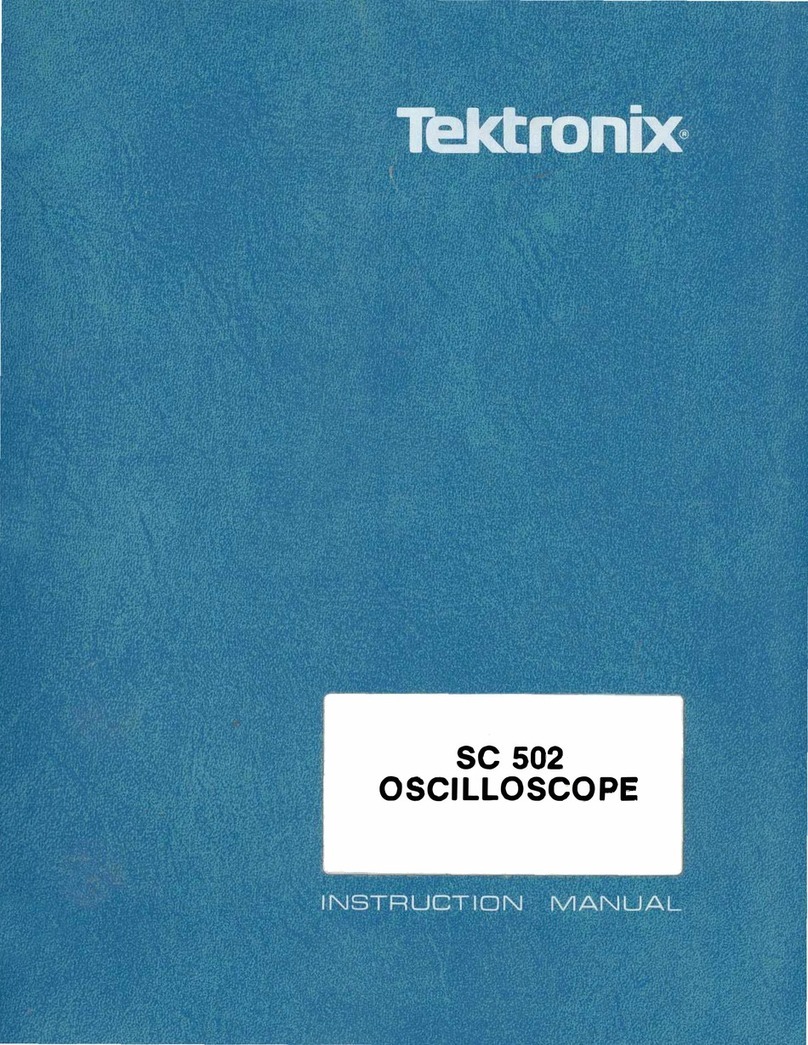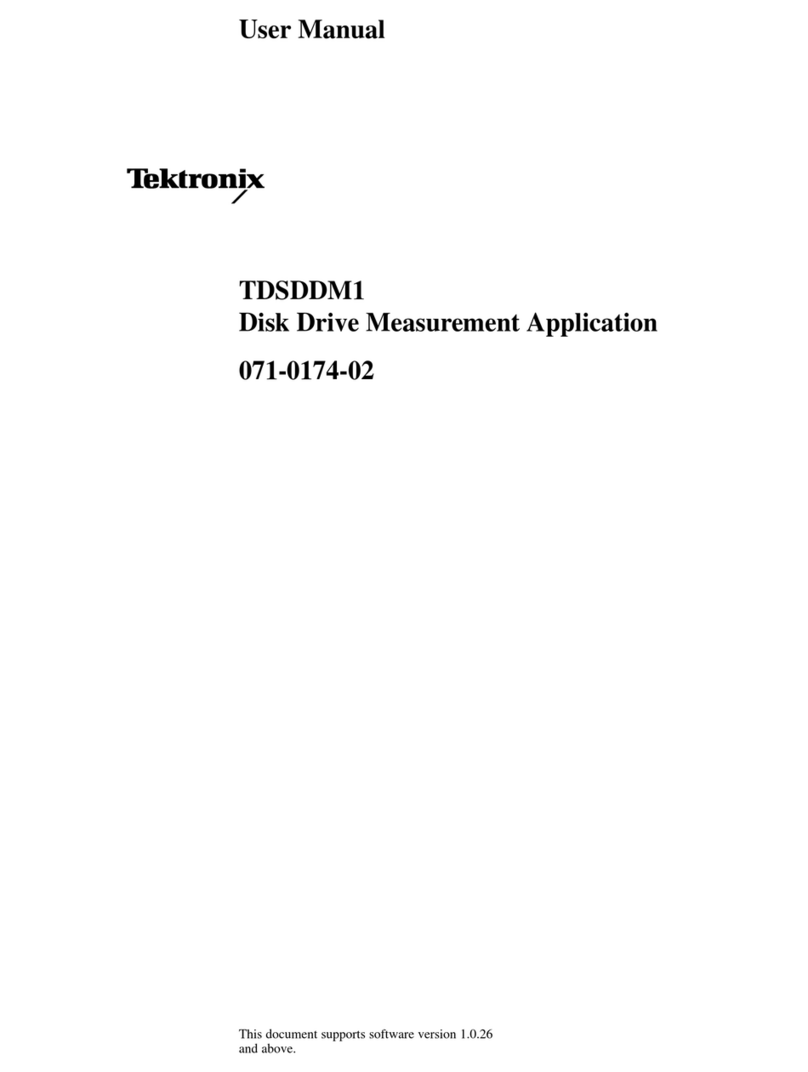Tektronix AWG-HD Operating and maintenance manual
Other Tektronix Test Equipment manuals
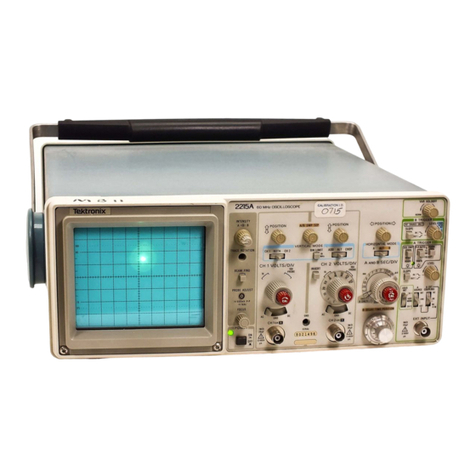
Tektronix
Tektronix 2215A Assembly instructions
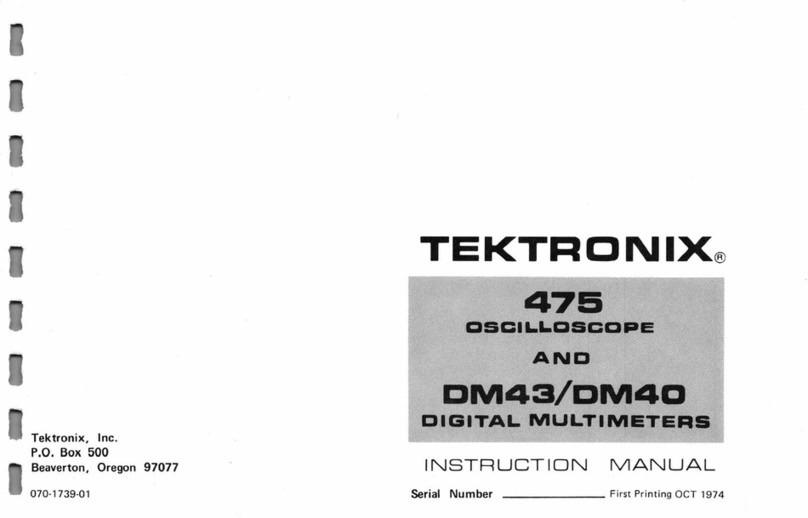
Tektronix
Tektronix 475 User manual

Tektronix
Tektronix DPO4104 User manual
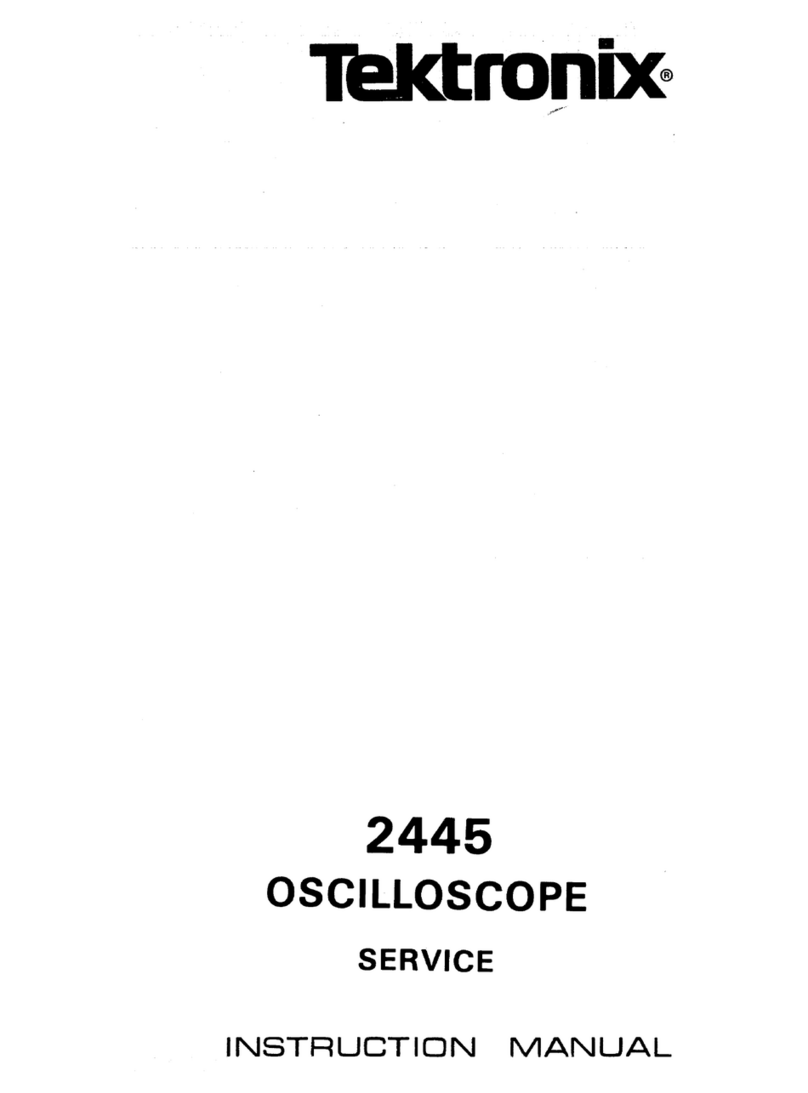
Tektronix
Tektronix 2445 User manual
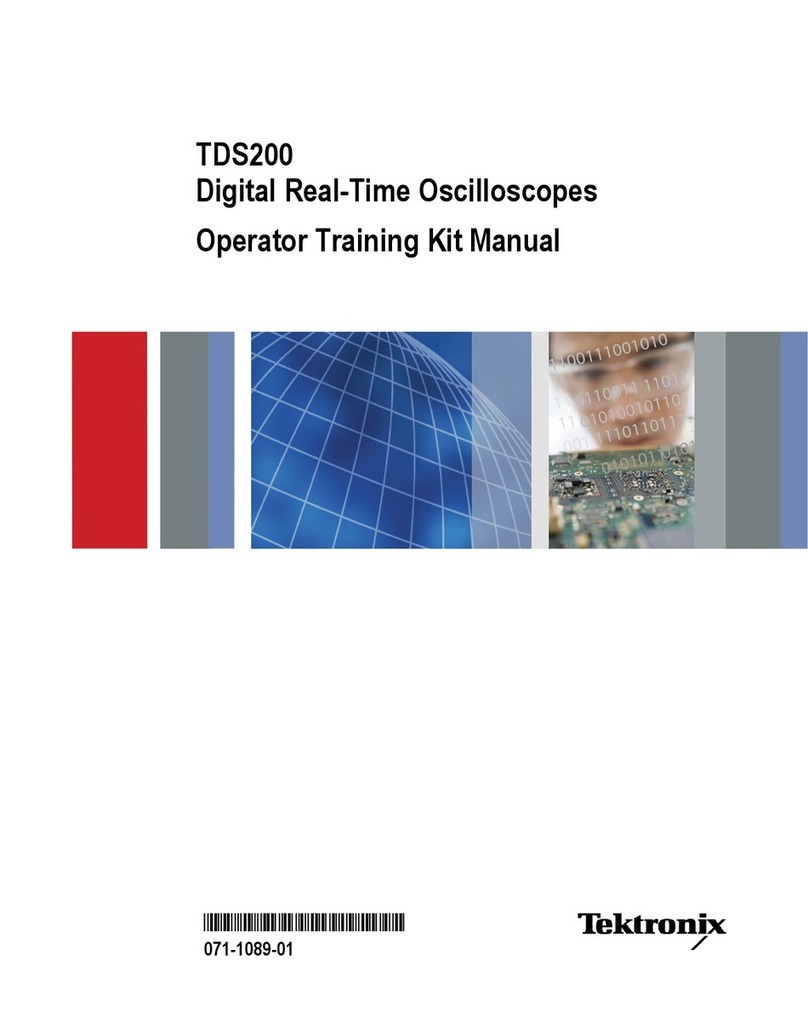
Tektronix
Tektronix TDS200 Series Manual
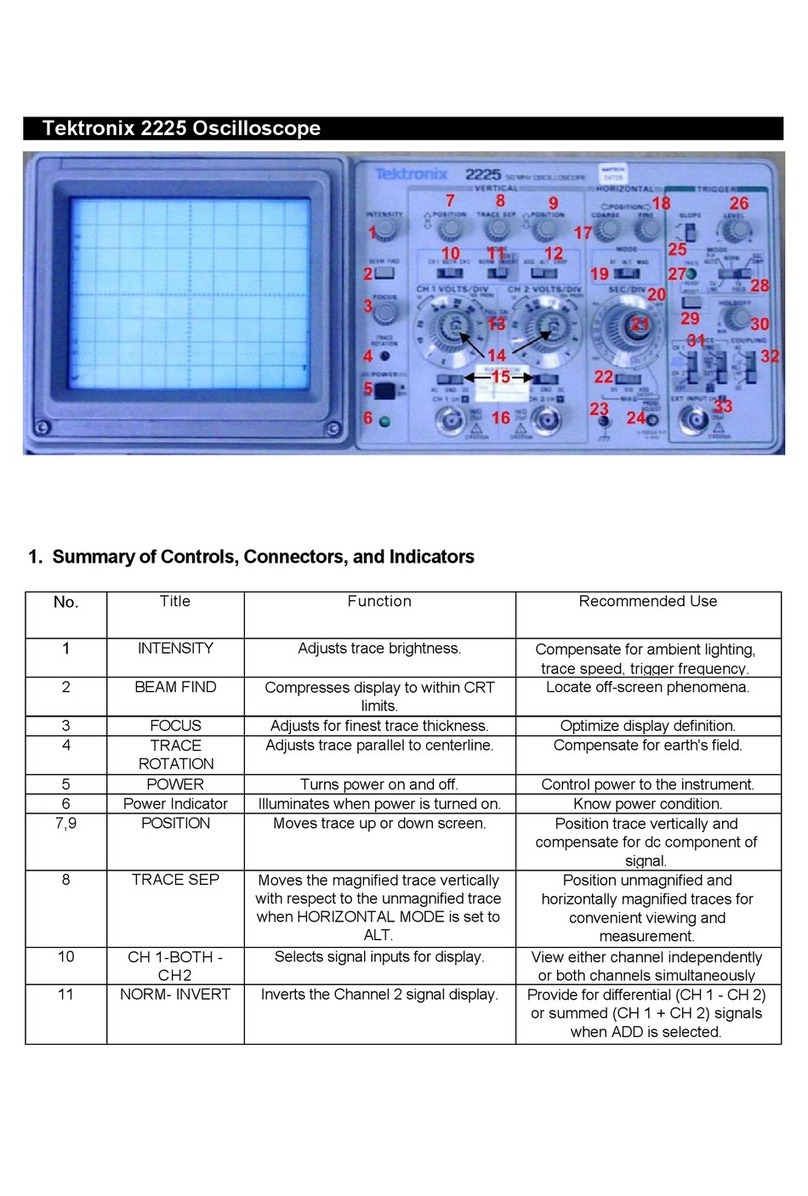
Tektronix
Tektronix 2225 User manual
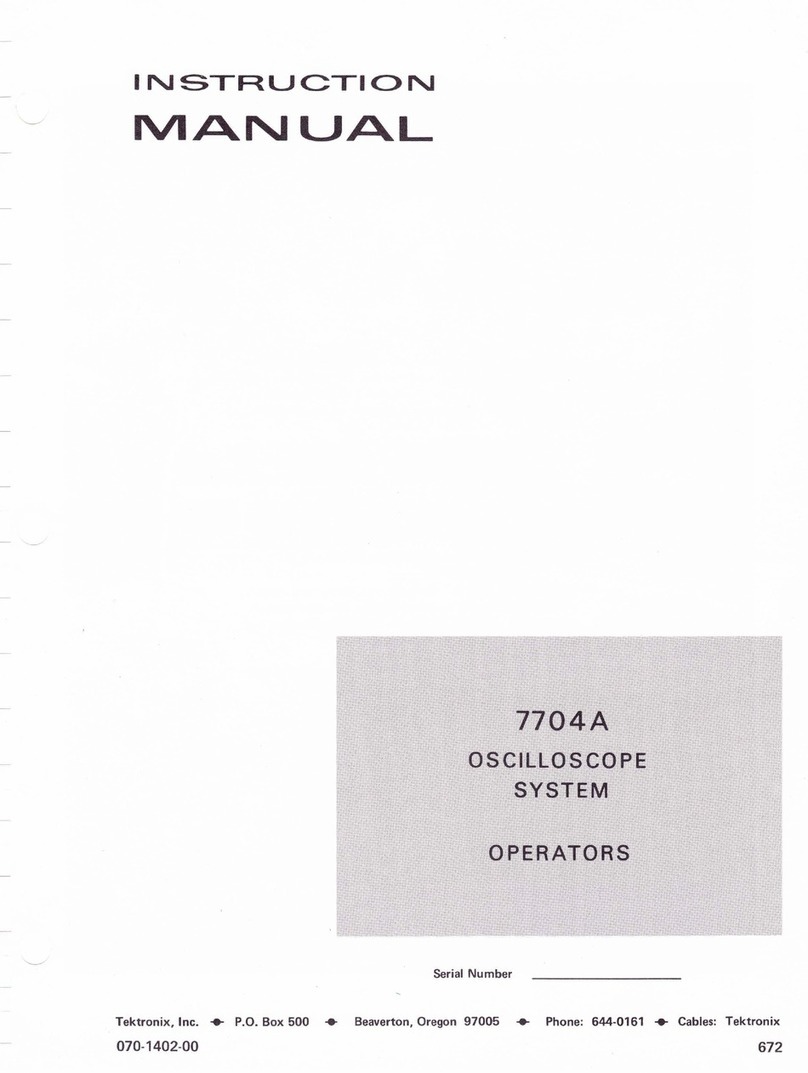
Tektronix
Tektronix 7704A User manual
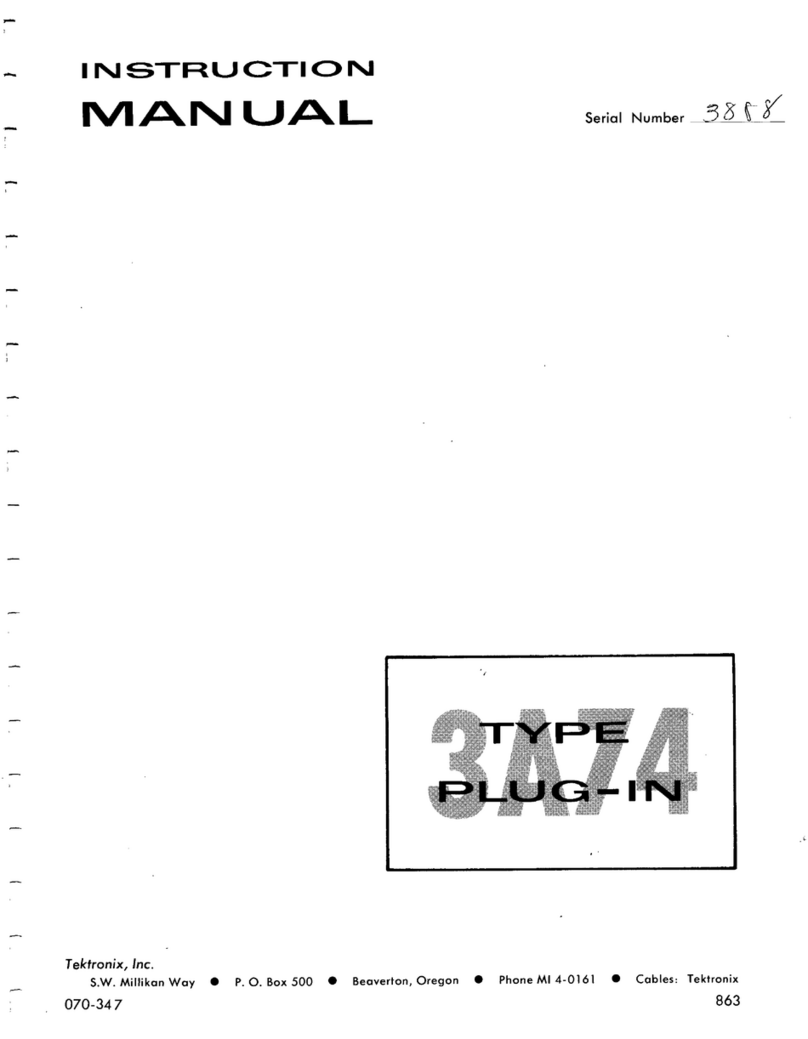
Tektronix
Tektronix 3A74 User manual
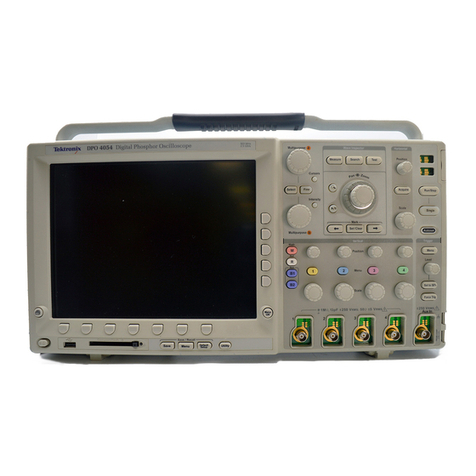
Tektronix
Tektronix DPO4034 User manual

Tektronix
Tektronix 2430 User manual
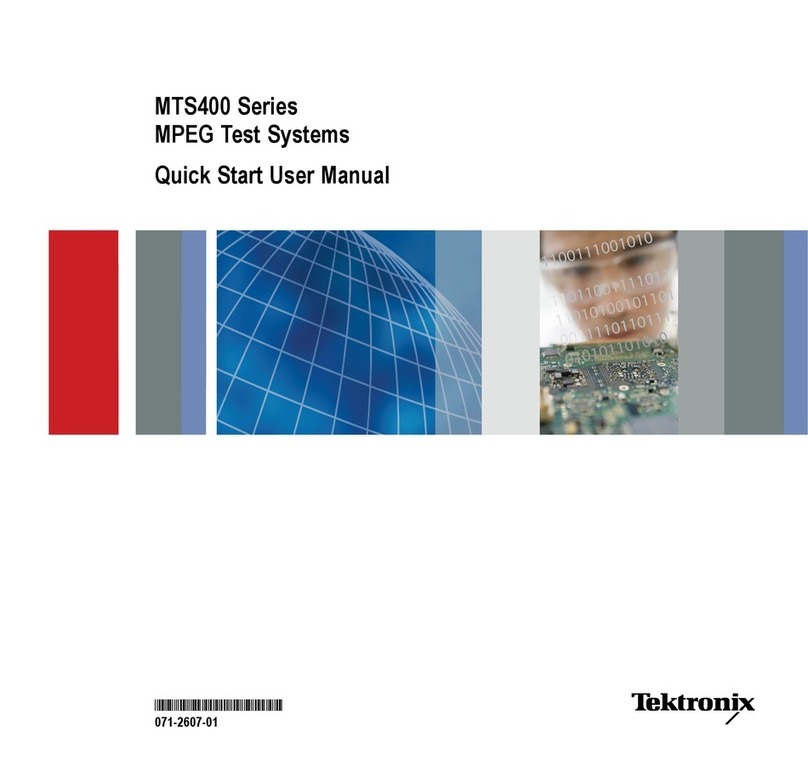
Tektronix
Tektronix MTS400 Series Manual
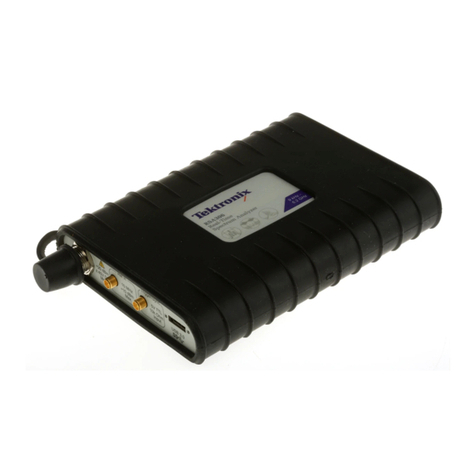
Tektronix
Tektronix RSA300 Series User manual
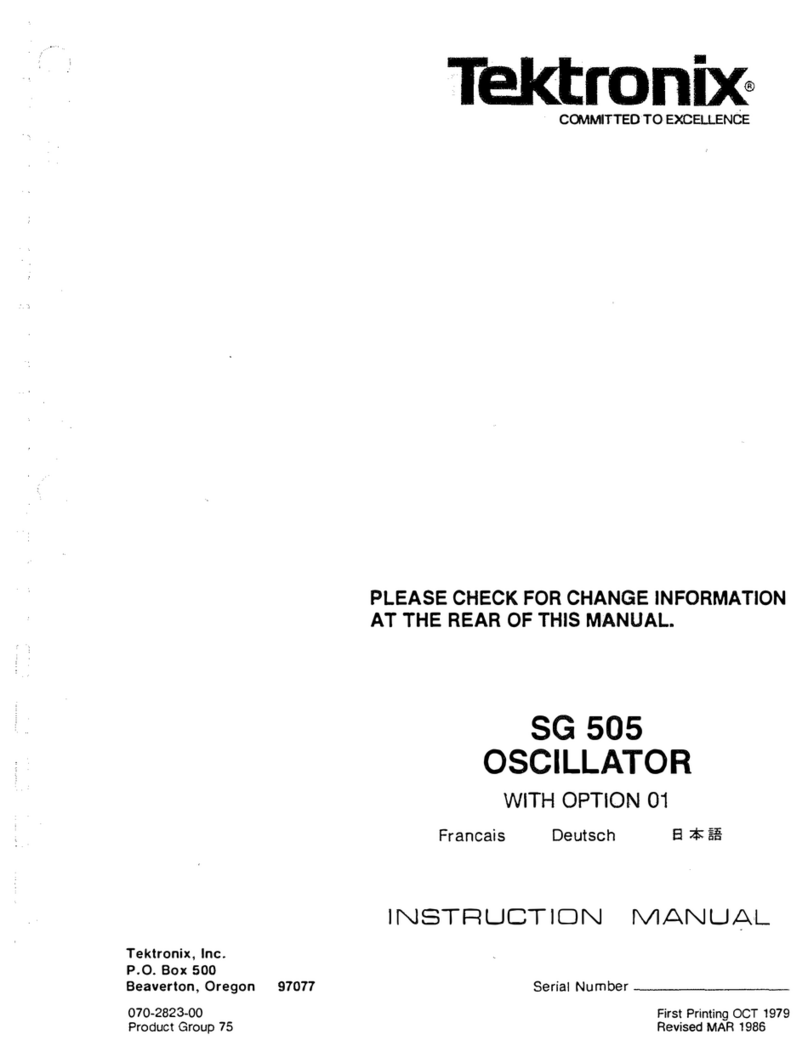
Tektronix
Tektronix SG 505 User manual
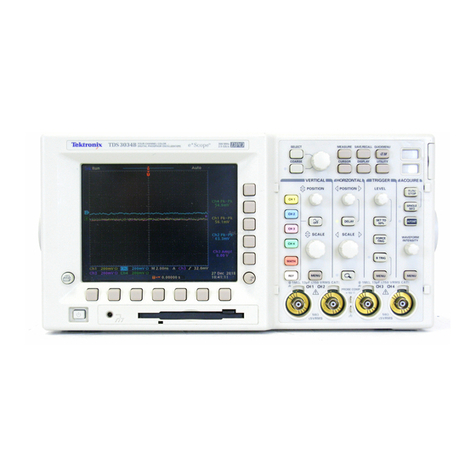
Tektronix
Tektronix TDS3000B Series Service manual
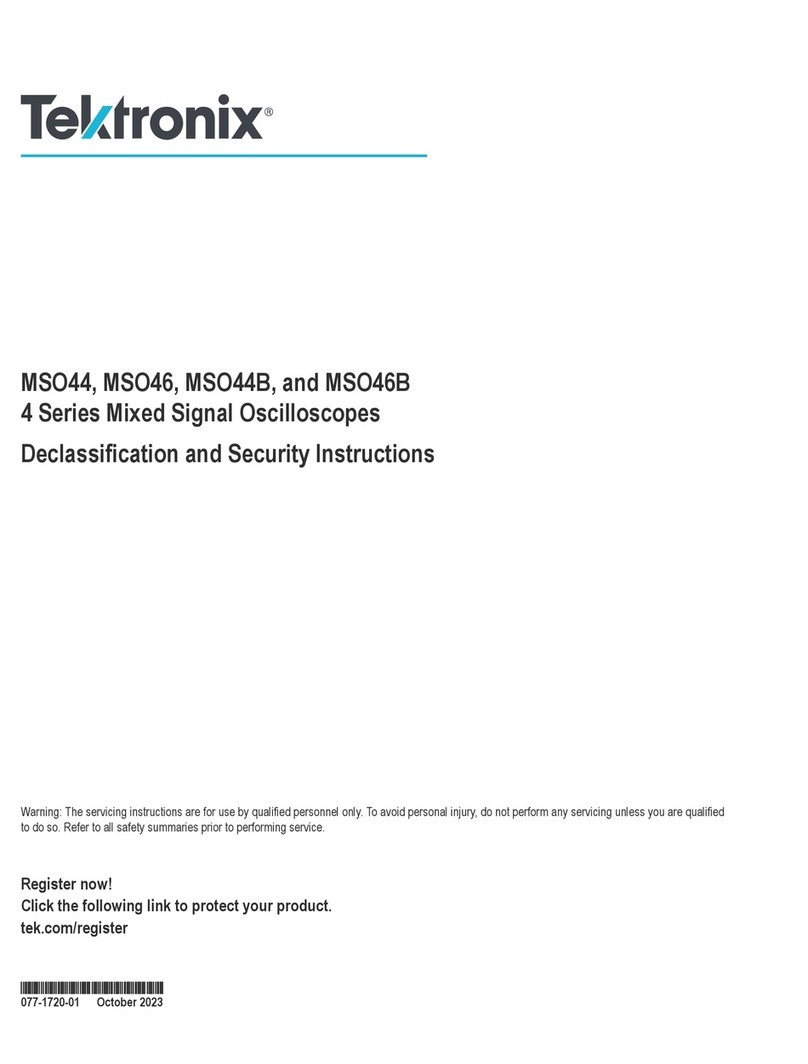
Tektronix
Tektronix MSO46B Installation and maintenance instructions

Tektronix
Tektronix 420 User manual
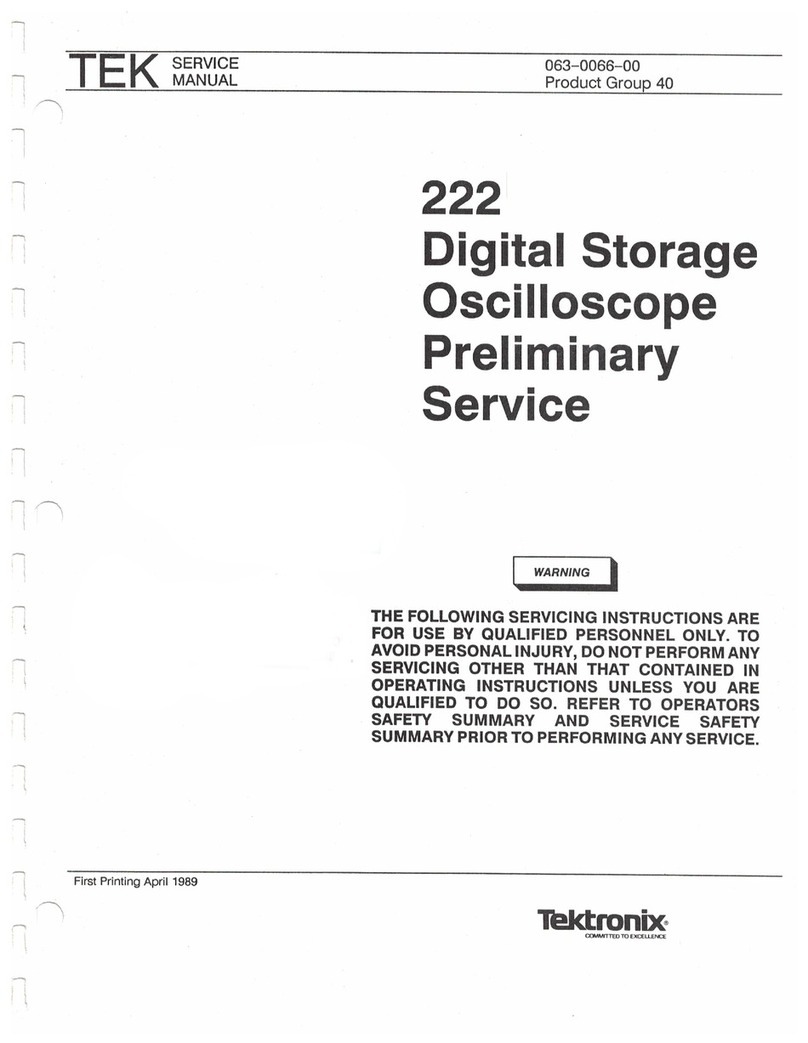
Tektronix
Tektronix TEK 222 User manual
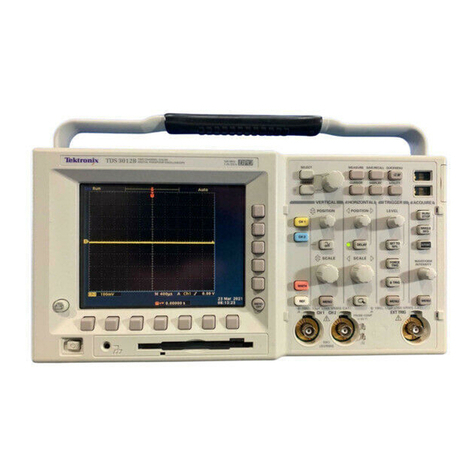
Tektronix
Tektronix TDS3012B User manual
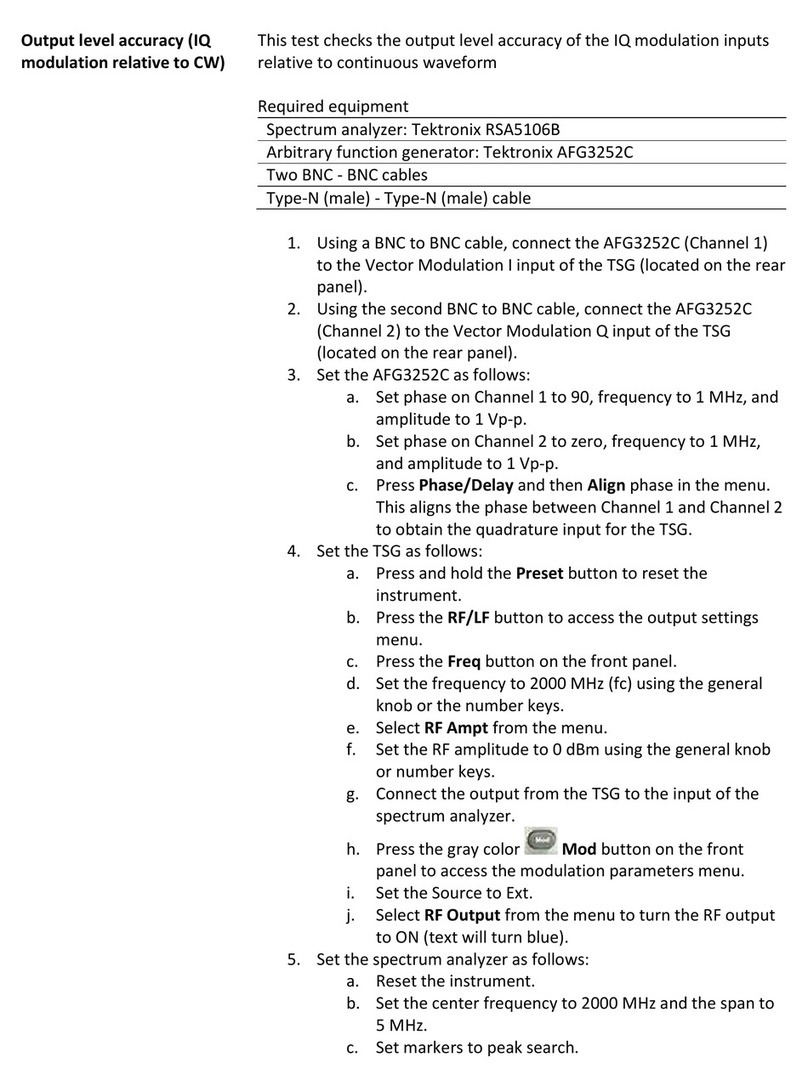
Tektronix
Tektronix TSG4100A Series User manual
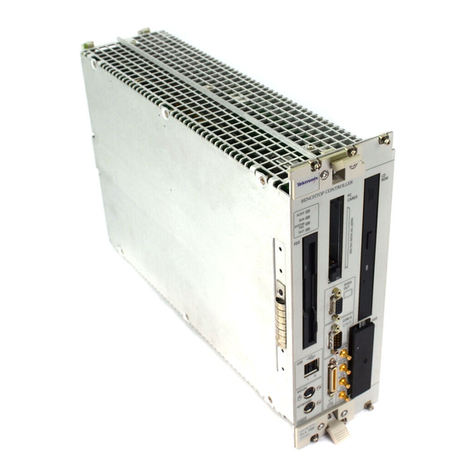
Tektronix
Tektronix TLA 700 Series User manual
Popular Test Equipment manuals by other brands

Redtech
Redtech TRAILERteck T05 user manual

Venmar
Venmar AVS Constructo 1.0 HRV user guide

Test Instrument Solutions
Test Instrument Solutions SafetyPAT operating manual

Hanna Instruments
Hanna Instruments HI 38078 instruction manual

Kistler
Kistler 5495C Series instruction manual

Waygate Technologies
Waygate Technologies DM5E Basic quick start guide

StoneL
StoneL DeviceNet CK464002A manual

Seica
Seica RAPID 220 Site preparation guide

Kingfisher
Kingfisher KI7400 Series Training manual

Kurth Electronic
Kurth Electronic CCTS-03 operating manual

SMART
SMART KANAAD SBT XTREME 3G Series user manual

Agilent Technologies
Agilent Technologies BERT Serial Getting started
